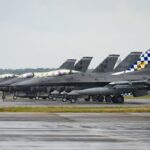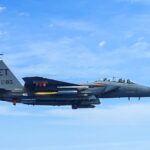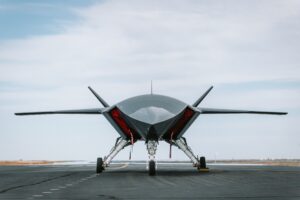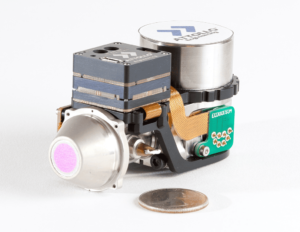
A dramatic reduction in launch costs and the integration of ever advancing commercial space and allied space capabilities have led to a greater acceptance of risk by U.S. Space Force in developing new systems, a top U.S. Space Force official said on May 18. "In the early 2000s, the cost of launch could easily exceed $400 million per launch," Lt. Gen. Michael Guetlein, head of Space Systems Command, told a Center for Strategic and International Studies (CSIS) forum on May…














